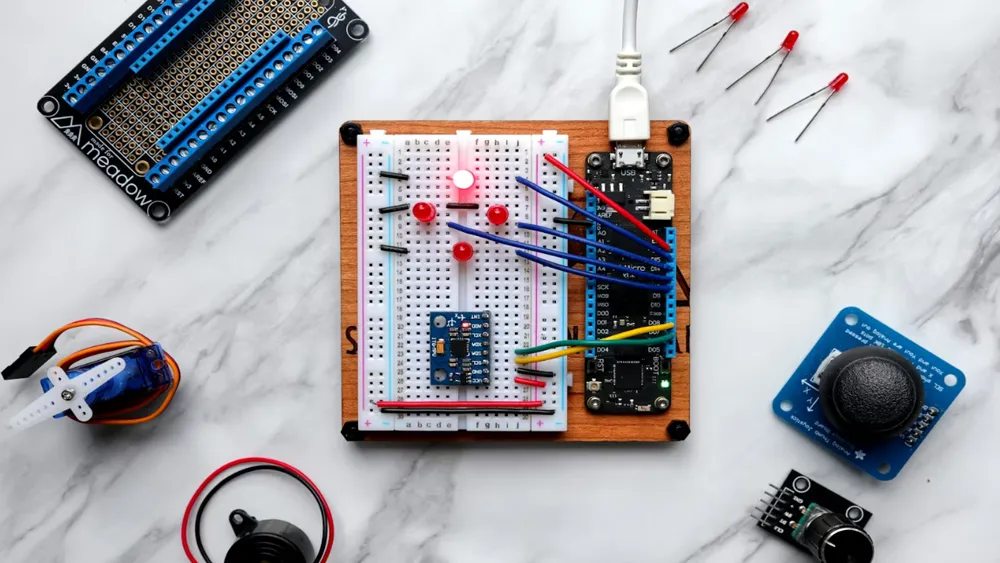
Lithium Battery UL2054 Testing Report
Testing Items and Methods for Lithium Battery ul2054 Report
With the rapid development of the electric vehicle industry, lithium batteries, as one of the main energy sources, have drawn significant attention regarding their safety performance. The UL2054 standard, aimed at the safety performance of lithium batteries for electric vehicles, imposes strict requirements. This report aims to conduct UL2054 standard testing on lithium batteries, evaluating their electrical, thermal, and safety performance, providing accurate information for consumers, and serving as a reference for enterprises to enhance product quality.
Through this testing, we aim to achieve the following objectives:
- Verify whether the lithium battery meets UL2054 standard requirements;
- Evaluate the electrical, thermal, and safety performance of the lithium battery;
- Provide accurate information about the lithium battery product to consumers;
- Offer a reference for enterprises to improve product quality and safety.
Testing Items and Methods for Lithium Battery UL2054 Report
1. Appearance Inspection: Inspect the appearance and structure of the lithium battery to ensure there is no obvious mechanical damage or defects.
2. Dimension Measurement: Measure the dimensions of the lithium battery, including length, width, height, and diameter, to ensure compliance with standard requirements.
3. Charge and Discharge Performance testing: Conduct charge and discharge tests under constant temperature conditions to evaluate charging capacity, discharging capacity, and energy density performance indicators.
4. Cycle Life Testing: Simulate actual usage conditions to conduct charge and discharge cycling tests, assessing cycle life and performance degradation.
5. Temperature Testing: Conduct charge and discharge tests under different temperature conditions to evaluate performance and safety.
6. Overcharge/Discharge Protection Testing: Simulate overcharge and over-discharge conditions to verify if the battery's protection circuit can cut off the charge and discharge circuit, preventing overcharging and over-discharging.
7. Short Circuit Protection Testing: Simulate battery short circuit conditions to verify if the battery's protection circuit can cut off current, preventing short circuits.
8. Mechanical Strength Testing: Conduct vibration, shock, and compression tests on the lithium battery to examine its performance and safety under mechanical stress.
9. Leakage Testing: Check for any leakage in the lithium battery to ensure good sealing.
Results and Analysis of Lithium Battery UL2054 Testing
1. Appearance Inspection: All samples showed no obvious mechanical damage or defects.
2. Dimension Measurement: All sample dimensions met standard requirements.
3. Charge and Discharge Performance Testing: All samples demonstrated good charging and discharging capacity and energy density, meeting standard requirements.
4. Cycle Life Testing: After multiple charge and discharge cycles, all samples exhibited minimal performance degradation and long cycle life.
5. Temperature Testing: Under different temperature conditions, all samples displayed stable charge and discharge performance with no anomalies.
6. Overcharge/Discharge Protection Testing: All samples successfully cut off the charge and discharge circuit, indicating proper functioning of the overcharge and discharge protection.
7. Short Circuit Protection Testing: All samples successfully cut off current, indicating proper functioning of the short circuit protection.
8. Mechanical Strength Testing: All samples performed stably under mechanical stress, with no cracking, deformation, or functional damage observed.
Email:hello@jjrlab.com
Write your message here and send it to us
 What is Amazon TIC and How Can Sellers Achieve Com
What is Amazon TIC and How Can Sellers Achieve Com
 2026 Battery UN38.3 Certification (Test Report) &a
2026 Battery UN38.3 Certification (Test Report) &a
 What is the IEC 62680 Standard? Compliance Interpr
What is the IEC 62680 Standard? Compliance Interpr
 Amazon Japan December Compliance Requirements
Amazon Japan December Compliance Requirements
 How to Check a CPSC-Accepted Laboratory?
How to Check a CPSC-Accepted Laboratory?
 WEEE Registration for Waste Electrical &Electr
WEEE Registration for Waste Electrical &Electr
 MSDS Chemical Safety Testing
MSDS Chemical Safety Testing
 What Are the Differences Between UK REACH and EU R
What Are the Differences Between UK REACH and EU R
Leave us a message
24-hour online customer service at any time to respond, so that you worry!




